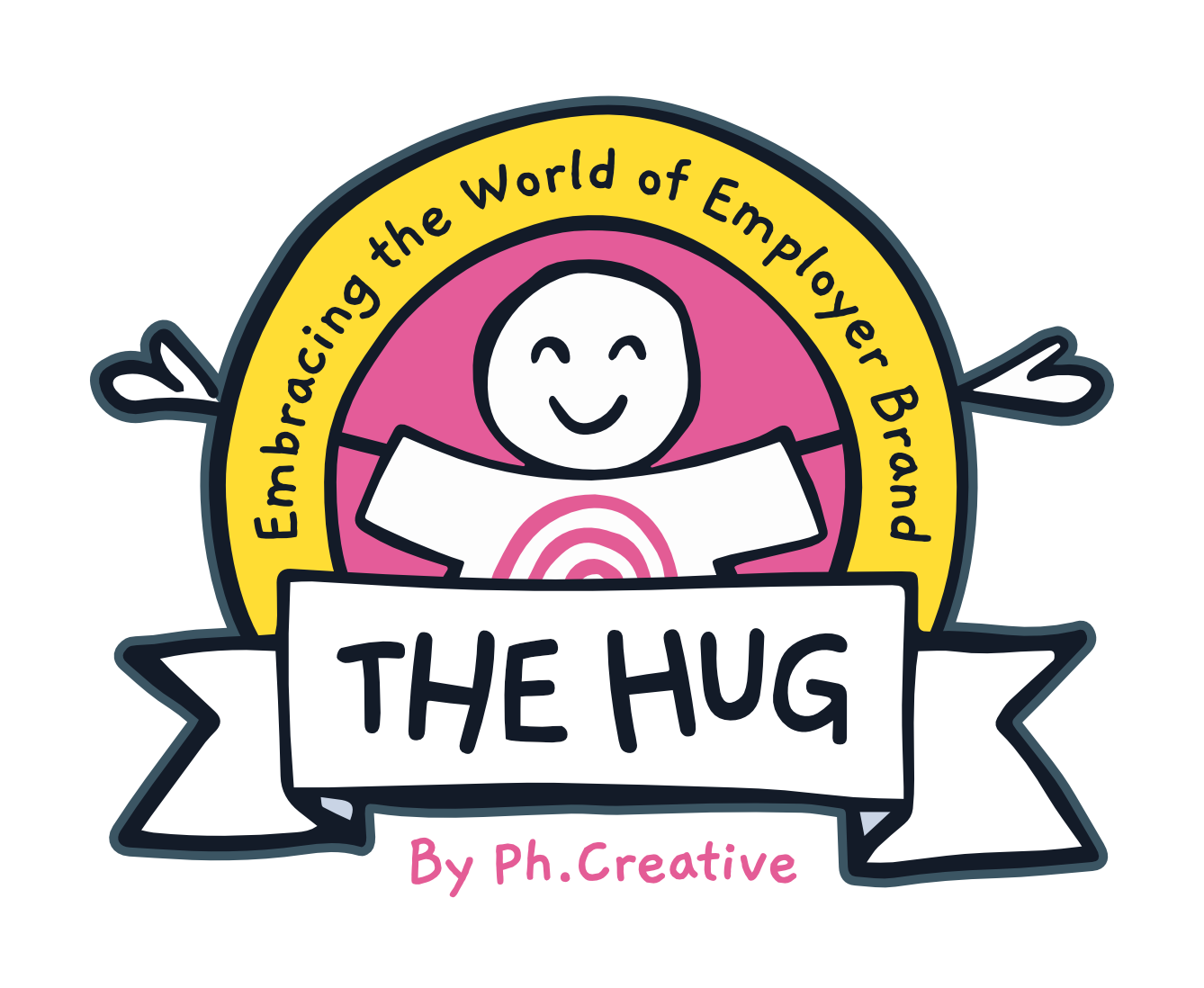The Three-Step Cure-All for Your Healthcare Employer Brand
To make sure your healthcare brand is in the best shape and attracting the best talent, follow this key advice…
There’s an old saying in Argentina, the country where I’m from, that goes “M’hijo el dotor”. This means “My son, the doctor”, in local slang.
Becoming a doctor, you see, carries a lot of prestige and status. Particularly if you’re the mother of one.
Argentina received many immigrants from Europe at the beginning of the 20th century: poor people that came here escaping from the wars and hoping to give their children a quality education.
Doctors are the pinnacle of that and, for their parents, validation that they have raised their children well.
But this idea is not just typically from older times, or from Argentina. Fast-forward to the 90s, Sylvia Fine wanted her daughter, Fran Fine, to marry a doctor in The Nanny. Ross Geller, from Friends, showcased his doctorate in palaeontology making everyone call him “doctor”, until Rachel or Monica mocked him for not being a “real doctor”.
Many amazing TV series, documentaries and films highlighted the importance and the noble duty of practicing medicine. It may be the most respected and admired profession of all.
And then Covid-19 came along. And for most of society, doctors were venerated and respected even more than before.
But, despite that, there might be a problem, because apparently, health work may no longer be such an attractive career choice. And those already in the profession are looking at alternative options.
The statistics suggest the sector’s own health is failing.
- Some 46% of countries have less than 30 nursing personnel per 10,000 population, while 50% of countries have less than 15 medical doctors per 10,000 population.
- By 2030 there will be an estimated demand of 80.2 million health workers at a global level, and a shortfall of 14.5 million.
- The health workforce is ageing. 17% of nurses globally are 55 or over, and one nurse in six is expected to retire in the next 10 years.
- Physicians affirm that 78% of them often or always experience burnout feelings.
- The average turnover in healthcare is 53%. And 24% of healthcare practitioners leave their jobs during their first year.
This is a problem of global relevance and urgency and there are a good number of actions being launched to make sure we will all have access to the best healthcare possible.
Many organizations are developing wellbeing programs to ensure work-life balance for doctors and nurses, telemedicine is becoming more popular and there are multiple government initiatives to motivate young people to study medicine. But all those initiatives don’t seem enough when you are a healthcare company with urgent talent attraction and retention difficulties. Well, here is where employer branding can help.
When it comes to employer branding in healthcare, we have three key suggestions:
- Be different
- Be precise
- Be bold
But what does each one mean? Let’s see…
- Be different: Find out what makes your organization unique
It’s easy to talk about contributing to a greater purpose, helping people increase their quality of life or joining together to fight against diseases.
In fact, that is what most healthcare organizations are doing right now to call potential applicants: they focus on an attractive mission that’s appealing for those who have a vocation for medicine. But you can’t be different and recognizable if you do that too.
It’s important to do proper research and ask your people why they still choose to work with you. Paying special attention to those who are more experienced is crucial: they tend to know the working market well and are aware of how the working experience in other companies is like yours.
So, they will provide you with more detailed answers on why you are different, unique, and special.
We recommend that you supplement your internal research with competitors’ analysis, candidate and alumni research and market trends.
- Be precise: Define your value proposition
After Covid-19 there has been a growing aversion for uncertainty. And healthcare workers have lived this first hand, going to the hospital every day without knowing when their shift is going to be over or when they will be able to go back home.
Therefore, it’s important to develop a precise, honest, and specific answer to the question “What’s in it for me?” when a potential candidate asks you about what working at your healthcare organization is like.
It is also important to communicate this value proposition to everybody involved in people management, so everyone can transmit it univocally. Having a well-defined and sincere value proposition will help mitigate fears and uncertainty for your candidates, something that is crucial for them when changing jobs in a complex industry.
- Be bold: Stand out from the crowd
So, you have done your research, you have found your value proposition, and now you need to activate it. You must develop talent attraction campaigns, recruitment materials, and all kinds of communications. But for all of that not to get lost in the “healthcare sea of sameness” it’s important to have the courage to stand out.
Look at all the talent-oriented communications in the healthcare sector and think about how you can be different. Maybe you’ll see that everyone is using blue, unspontaneous pictures of doctors smiling and holding a folder, happy kids greeting the receptionist at the doctor’s office, and a call to action for people who want to change the world of healthcare or save lives. Discovering those common places will lead you to what not to do to keep your brand recognizable and attractive. It’s a matter of taking a stance and sticking with it, aiming to attract those who will share your beliefs and will be able to thrive in your culture.
Are you ready to be different, precise, and bold in the healthcare market? Let’s talk!
SOURCES:
- Deloitte insights: 2020 global health care outlook. Laying a foundation for the future. Author: Dr. Stephanie Allen
- Health workforce requirements for universal health coverage and the sustainable development goals, World Health Organization
- The Six biggest challenges healthcare recruitment faces in 2022, by Tribepad
- Probable Futures and Radical Possibilities – an exploration of the future roles of health workers globally, by All-Party Parliamentary Group on Global Health, July 2022
Sign up to our blog

Every other Thursday we share:
✔ One feature full of our freshest insights
✔ An expert hack you'll love to use
✔ The links you need now
+ other helpful bits for thousands of EB and TA pros just like you
